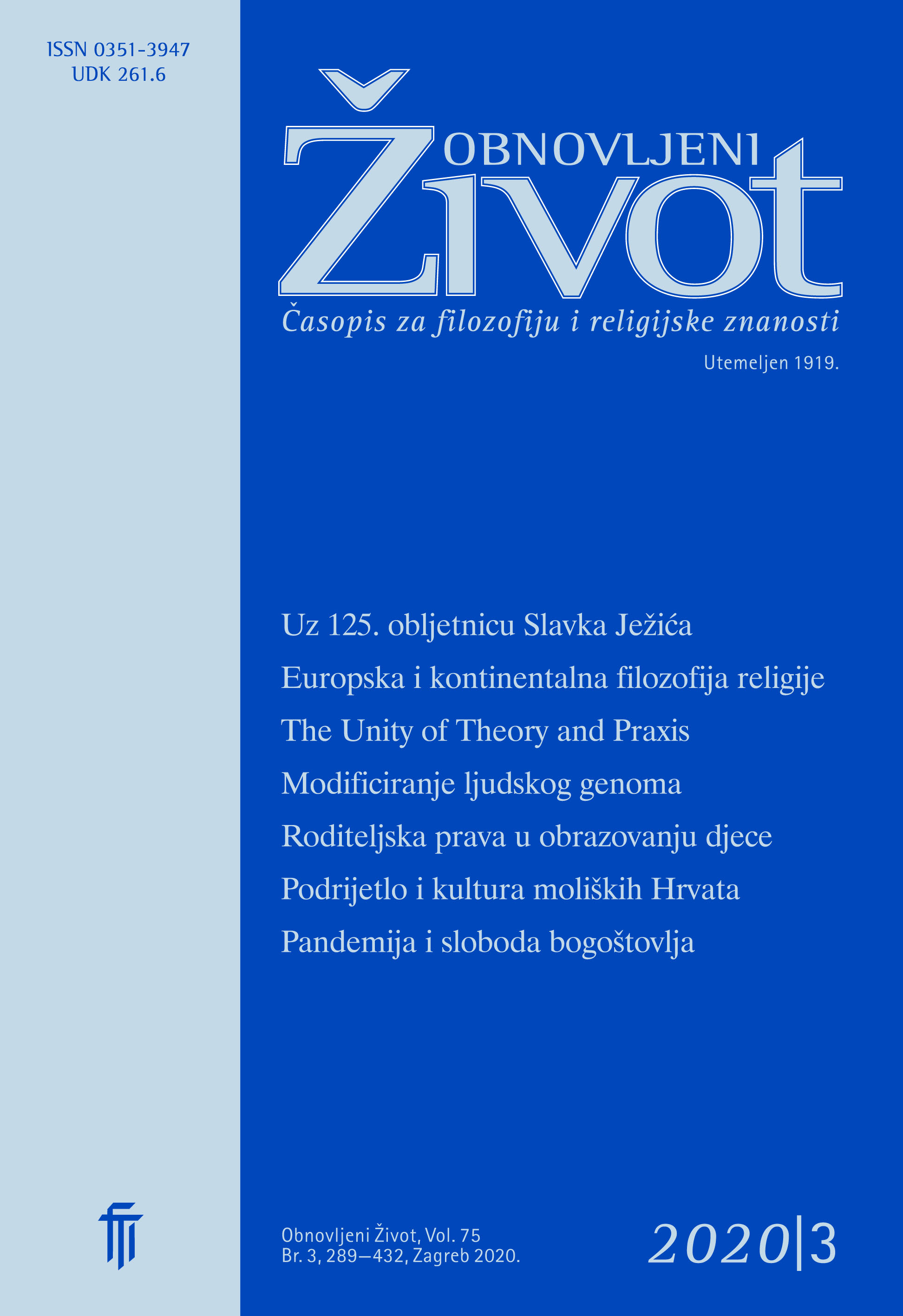Reflections of Holbein’s painting The Body of the Dead Christ in the Tomb in the novels The Idiot and The Brothers Karamazov by Fyodor M. Dostoevsky
Keywords:
Fyodor Dostoevsky, Hans Holbein, The Idiot, The Brothers Karamazov, kenosis, Christ, deathAbstract
Hans Holbein’s painting The Body of the Dead Christ in the Tomb greatly influenced Dostoevsky’s reflections on the possibility of the Resurrection in his late works. The painting is the subject of direct and intense reflection in the novel The Idiot, and the discussion on Holbein’s Dead Christ is usually limited to this novel. In the article, however, the author examines the hypothesis that Dostoevsky did not conclude his discussion on Holbein’s Dead Christ in the Tomb in The Idiot. A comparative analysis of the two novels seems to allow for the possibility that Dostoevsky’s discussion on Elder Zosima’s dead body is in fact a continuation of Dostoevsky’s discussion on Holbein’s Dead Christ.
Downloads
Published
Issue
Section
License
Jednom prihvaćeni članak obvezuje autora da ga ne smije objaviti drugdje bez dozvole uredništva, a i tada samo uz bilješku da je objavljen prvi put u Obnovljenom životu. Uredništvo će obavijestiti autora o prihvaćanju ili neprihvaćanju članka za objavljivanje.
Članci objavljeni u časopisu se, uz prikladno navođenje izvora, smiju besplatno koristiti u obrazovne i druge nekomercijalne svrhe.


